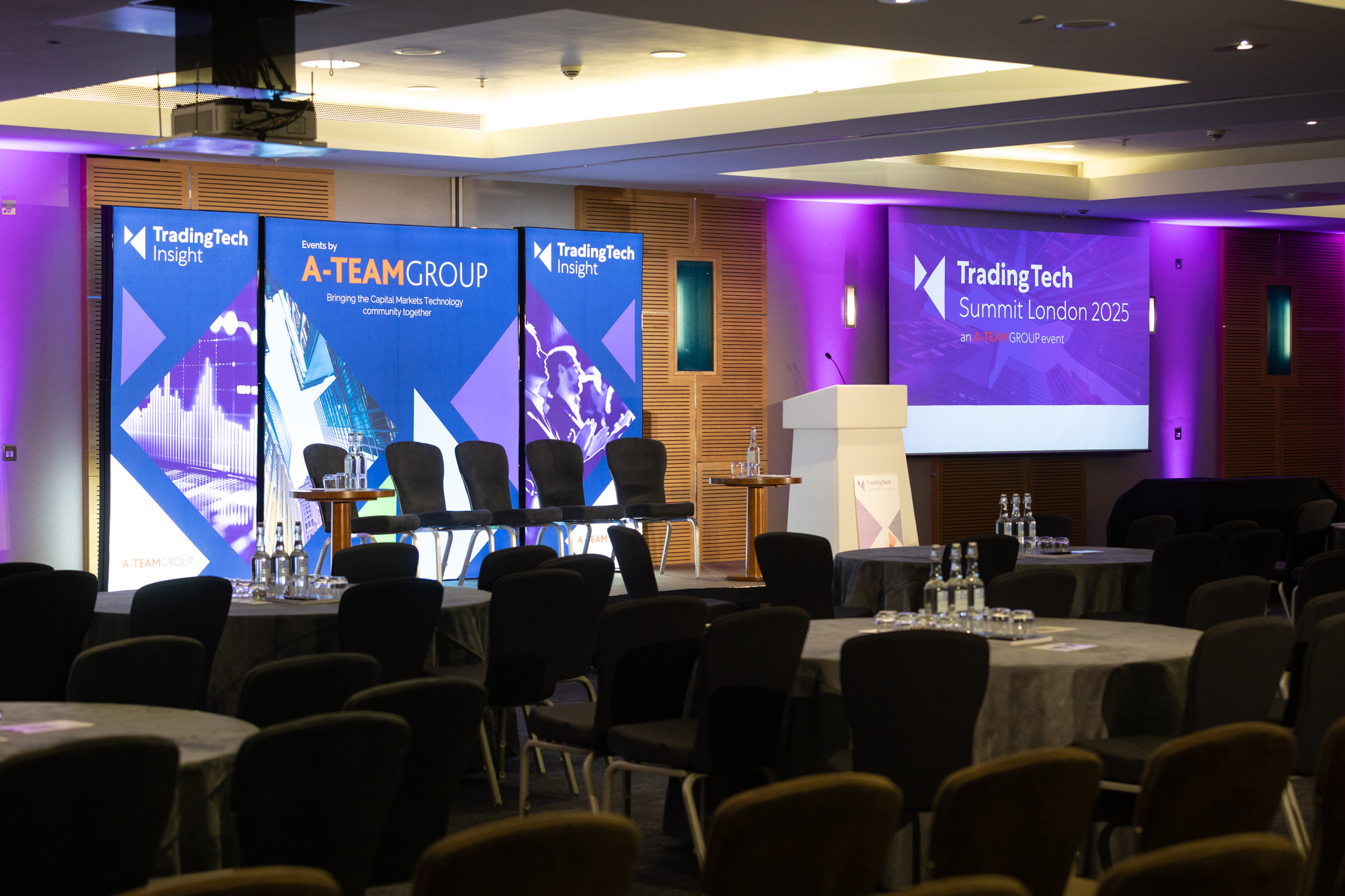The Evolution of OMS & EMS – Today’s Challenges
The landscape of trading technology is undergoing a fundamental shift, driven by increasing complexity, evolving client demands, and the growing need for agility. At the recent TradingTech Summit London February 27, 2025, leading industry experts gathered to discuss the evolution of Order Management Systems (OMS) and Execution Management Systems (EMS)
Understanding the terminology challenge
One of the most pressing challenges in capital markets technology is that the terms OMS, EMS, and EOMS (Order and Execution Management System) mean different things depending on the perspective of the user:
- Buy-side firms view OMS as a tool for managing orders and portfolios, while EMS is focused on execution and routing trades to liquidity venues.
- Sell-side firms often integrate the two into a single platform to streamline workflow, sometimes leading to the term EOMS.
- This ambiguity in definitions creates friction in technology adoption and innovation, as firms struggle to reconcile varying expectations across asset classes and trading desks.
The growing complexity and need for flexibility
Over the past decade, trading systems have grown more complex to support increased scalability, automation, and regulatory compliance. Many buy-side firms now operate multiple OMSs across asset classes such as foreign exchange (FX), fixed income (FI), and equities… with different solutions for portfolio managers and traders. This fragmentation makes system convergence challenging, creating a growing need for more flexible and unified trading solutions.
The Buy vs. Build debate: Shifting perspectives
Historically, financial firms built their own trading systems to meet highly specific needs. However, as cost pressures rise and time-to-market becomes a crucial factor, companies are now exploring a hybrid approach, combining in-house solutions with external vendor platforms. The key challenge is selecting a vendor that fosters flexibility and innovation, rather than one that locks firms into monolithic, outdated platforms.
Shorter technology lifecycles and the need to adapt
Traditionally, trading platforms could remain in place for a decade without major updates. However, in today’s fast-moving market, replacement cycles are shrinking. Financial institutions must rapidly adapt to new client demands and evolving market conditions, making modular and interoperable solutions more attractive. Firms that fail to adapt risk losing their competitive edge.
How OMS vendors must evolve
Many established OMS providers dominate the market, which often leads to stagnation in innovation. As clients remain dependent on these providers, there is little incentive to modernize. However, a new generation of OMS vendors is emerging, focusing on:
- Microservices architecture
- Automation capabilities
- Seamless data integration
These next-generation systems aim to provide more agile and adaptable platforms that meet the demands of modern trading environments.
The role of AI and data-driven OMS
Artificial intelligence (AI) is poised to play a critical role in trading decision-making. However, AI-driven strategies can only be effective if the underlying data is properly structured. Firms require OMS/EMS solutions that not only integrate AI capabilities but also ensure stability, reliability, and real-time data accuracy.
The future of OMS/EMS: Modular and workflow-driven
The next evolution in trading technology will see a shift from monolithic platforms toward modular, workflow-driven solutions. Innovation and stability should not be seen as mutually exclusive — successful firms will need to balance both in order to remain competitive.
Future trading systems will need to:
- Eliminate inefficiencies rather than force traders to work around outdated processes.
Ready to transform your Trading OMS?


